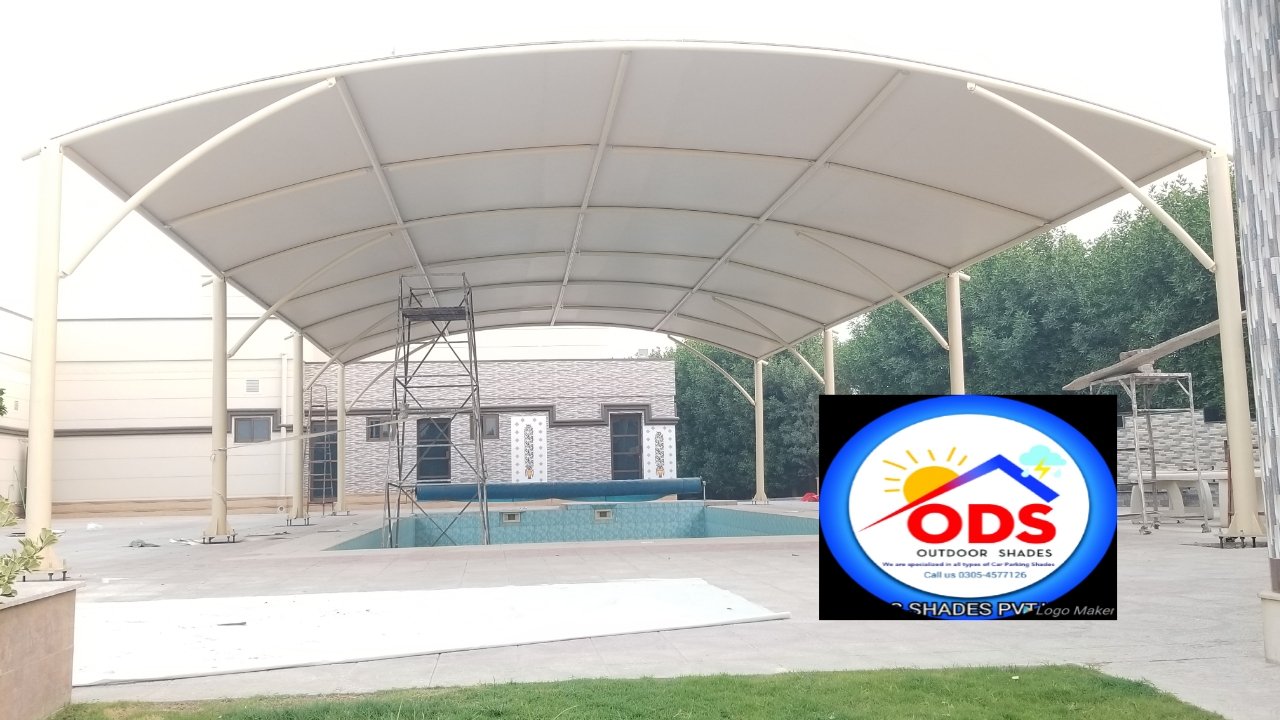Did you know that both IP addressing and subnetting constitute essential elements in the path toward obtaining CCNA certification. Worry not about the complexity because we will simplify these notions using a simple and enjoyable approach. Let us deeply examine these vital subjects through a step-by-step process and know all about IP addressing & subnetting for CCNA Certification.
What’s IP Addressing All About?
Imagine you’re sending a letter. You require an address to direct mail to the correct home location because without one there are no guarantees of proper delivery.
Digital networks operate with the exact same method as IP addressing. A network requires one special identifier for every attached device. These include personal laptops and mobile phones and smart home appliances. The digital addressing system depends on IP (Internet Protocol) addresses for device identification.
A digital postal code functions like an IP address when data communication happens across networks.
IP protocols exist with two versions- IPv4 and IPv6.
Numbers in the IPv4 format, which is the most common, appear as 192.168.1.1.It’s made up of four numbers (called octets), each ranging from 0 to 255, separated by dots. Why 0 to 255? Because each octet is an 8-bit binary number, and 2^8 equals 256 possible values (0–255). Cool, right?
IP Version 6 represents the latest addressing standard that developers created to accommodate the massive number of internet-connected devices. The longer address in hexadecimal format exists for training but CCNA students focus primarily on IPv4.
Every IP address has two parts: the network portion (think of it as the street name) and the host portion (the house number). How do we split them? That’s where subnetting enters the scene.
Subnetting: Slicing the Network Pie
Imagine you arrange a party with one massive pizza at your disposal. With fifty arriving guests you need to slice the complete piece into different parts instead of giving the full thing. This is the same when networks receive their partitioning function from subnetting procedures. Network segregation creates various smaller subnetworks known as subnets by dividing extensive networks into smaller portions.
The practice of subnetting makes networks more effective and secure and prevents network slowdowns. Imagine a company with 500 employees. Without subnetting all devices from the company would need to communicate through a single enormous network. Thereby, causing a slowdown of system performance. Through subnetwork creation such as separate domains for HR, IT and sales you achieve organized and fast network traffic.
Getting Hands-On with Subnetting
Follow along with this interactive exercise by using a pen alongside me for the practical application. You have received the address block 192.168.1.0 /24 and you must divide it into four separate subnetworks. The /24 mask provides 256 available addresses (2^8) while we need to distribute these addresses. For four subnets you can obtain access to two borrowed bits from the host segments (as 2^2 amounts to 4).
Here’s the math:
- Original mask: 255.255.255.0 (/24)
- Borrow 2 bits: 255.255.255.192 (/26)
- New subnet mask: /26 means 26 network bits, leaving 6 bits for hosts.
- Hosts per subnet: 2^6 = 64 addresses (minus 2 for network and broadcast = 62 usable).
Your subnets become:
- 192.168.1.0 – 192.168.1.63
- 192.168.1.64 – 192.168.1.127
- 192.168.1.128 – 192.168.1.191
- 192.168.1.192 – 192.168.1.255
See how the range increments by 64? That’s the magic of subnetting! Each subnet can now support up to 62 devices. Play around with different masks—say, /25 or /27—and watch how the numbers shift. It’s like a puzzle, and once it clicks, you’ll feel unstoppable.
Why This Matters for CCNA?
You must fully understand both IP addressing and subnetting beyond the requirements of the CCNA exam in order to develop practical skills for their real-world tasks. These concepts serve as the fundamental tools for working with routers and resolving network connectivity issues and formulating network structure. Professional expertise emerges as the essential factor when taking the CCNA certification because it demands quick-thinking solutions. The concrete practice gives you unmatched results for passing the CCNA exam.
Level Up with a CCNA Course in Chandigarh
Your skills will rise to an advanced level when you make the decision. Students based in India should look for CCNA education through a dedicated CCNA course in Chandigarh. The lively IT community of Chandigarh supports leading educational institutions that deliver expert CCNA preparation. It is through state-of-the-art facilities with qualified instructors and modern educational programs. The great combination of knowledgeable learners and professionals in this city makes it a motivating location to advance your skills.
So, what do you say? Begin subnet practice while working in lab equipment and consider taking a CCNA training in Chandigarh. Your networking career path ahead is only starting today with my unwavering support throughout your journey.











Leave a Reply